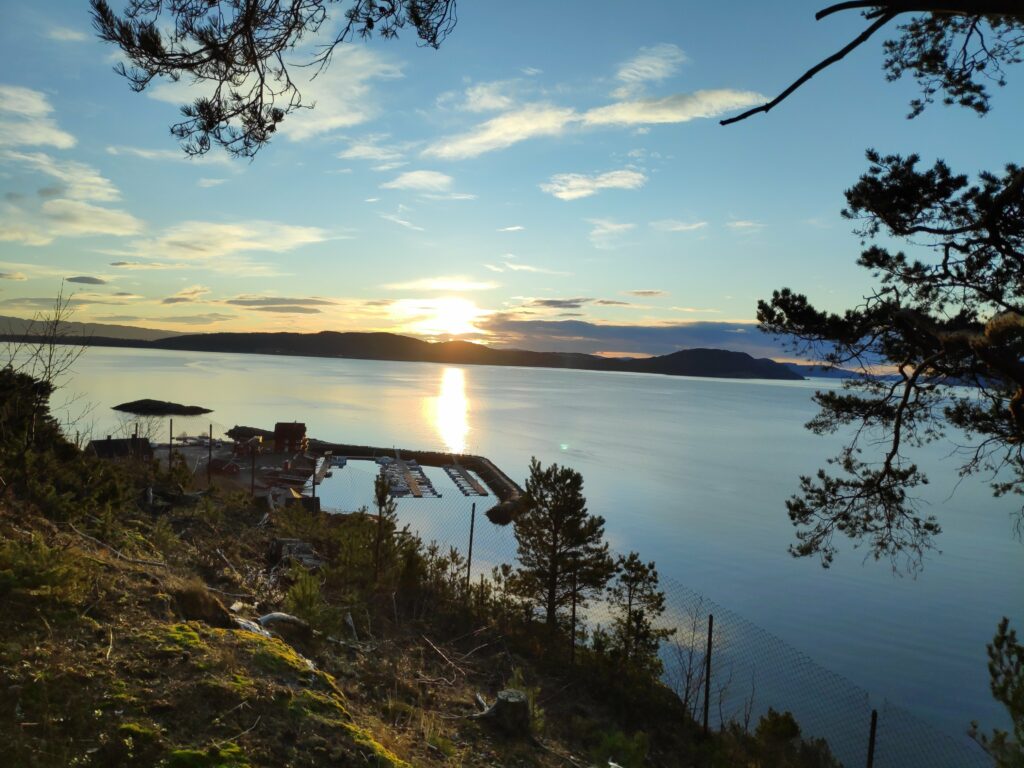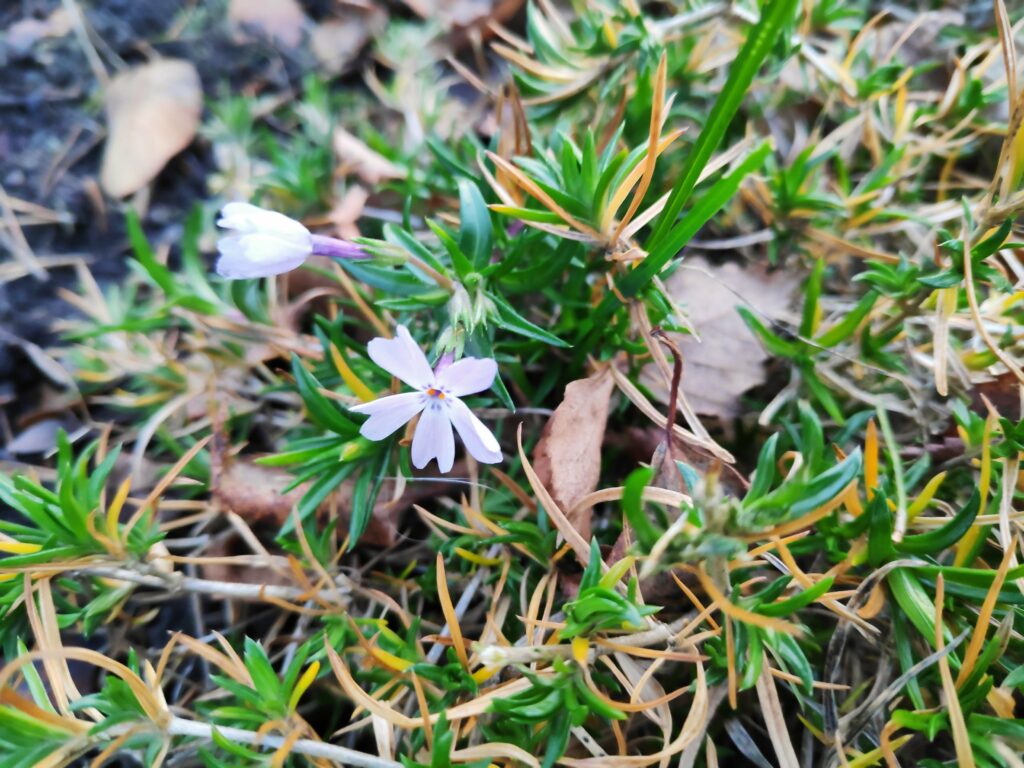The winter solstice in the Northern Hemisphere is the summer solstice in the Southern Hemisphere. One should more accurately call this the December Solstice as there is also a solstice in June, which in the Northern Hemisphere indicates the longest day of the year, i.e. the day with the most daylight hours. The December solstice is a particular time on a particular day, when the sun is exactly over the Tropic of Capricorn. In 2020 this happens on the 21st of December at 10:02 UTC, or at 11:02 local time where I live.

For those of us living in the Northern Hemisphere, this is the shortest day of the year, i.e. the day with the least amount of daylight.
Because of latitude and the way we keep time, the latest sunrise and the earliest sunset will not occur on exactly the solstice. The earliest sunset will occur before the winter solstice and the latest sunrise will occur after the winter solstice. (See explanation here)
How much of a coincidence is it that Christians celebrate the birth of Christ (Christmas) a few days after the winter solstice in the Northern Hemisphere? Here in Norway, Christmas becomes a festival of lights as the number of daylight hours is at a minimum and people like light.
So let’s look at some of the numbers for my location in Vangshylla, Inderøy, Norway
| Date | Sunrise | Sunset | Hours of daylight | Solar Noon |
| Dec 18 | 10:03 | 14:21 | 4 hours, 18 minutes, 37 seconds | 12:12 |
| Dec 19 | 10:03 | 14:21 | 4:17:56 | 12:12 |
| Dec 20 | 10:04 | 14:22 | 4:17:31 | 12:13 |
| Dec 21 | 10:05 | 14:22 | 4:17:24 | 12:13 |
| Dec 22 | 10:05 | 14:23 | 4:17.33 | 12:14 |
| Dec 23 | 10:05 | 14:23 | 4:17:59 | 12:14 |
| Dec 24 | 10:06 | 14:24 | 4:18:43 | 12:15 |
The latest sunrise is on December 24th and 25th at 10:06. The earliest sunset in on December 16th, 17th, 18th and 19th and 14:21. There are very small changes each day around the solstice. However, with exact astronomical calculations, the day with the shortest number of daylight hours is December 21st with 4 hours, 17 minutes and 24 seconds.
I have also included in the table when the solar noon is, that is, when the sun is at its highest position in the sky. This varies slightly from day to day, because the day is not really 24 hours long. Around the December solstice, solar noons are a little bit farther apart each day.

My source for information is: https://www.timeanddate.com/calendar/ten-things-december-solstice.html. By going to Sun & Moon, you can write in your location and get the relevant times.


Thank you for sharing your photos and insights.